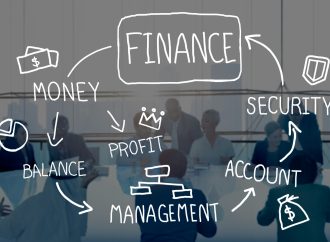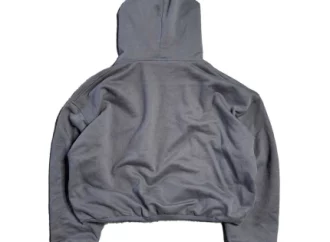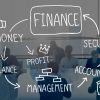As the economy continues to struggle amidst the COVID-19 pandemic, many experts are warning of a potential credit crunch that could severely impact businesses and consumers alike. While the Federal Reserve has already taken unprecedented measures through monetary policy, such as cutting interest rates and injecting liquidity into financial markets, some are questioning if these
As the economy continues to struggle amidst the COVID-19 pandemic, many experts are warning of a potential credit crunch that could severely impact businesses and consumers alike. While the Federal Reserve has already taken unprecedented measures through monetary policy, such as cutting interest rates and injecting liquidity into financial markets, some are questioning if these actions will be enough. In this blog post, we explore alternative solutions and discuss what else the Fed can do to prevent a potential credit crisis from taking hold.
What are the risks of a credit crunch?
Credit crunch is a term used to describe a situation where credit availability decreases, leading to a financial crisis. A credit crunch can occur when lenders become reluctant to lend money to businesses and consumers, leading to decreased spending and investment. It is often caused by economic factors, such as an increase in interest rates or declines in the value of assets such as stocks or real estate. In the event of a credit crunch, it can lead to a recession.
The Fed has several tools that it can use to prevent a potential credit crunch. For example, the Fed could lower interest rates in order to make borrowing cheaper, and it could provide impromptu loans to banks and other institutions. The Fed also has the power to buy assets from private companies or governments, which could help increase liquidity and stabilize prices. However, even with these measures, there is always risk that a credit crunch will occur.
What can the Fed do to prevent it?
The Federal Reserve has a number of tools at its disposal to prevent a potential credit crunch, including the ability to provide emergency loans, increase the supply of available credit, and tighten lending standards. In addition, the Fed can work to improve economic conditions by providing stimulus packages or by lowering interest rates.
The Fed can also work to improve financial conditions by providing emergency loans. In 2008, the Fed provided more than $2 trillion in emergency loans to banks and other financial institutions. These loans helped avert a full-blown financial crisis and allowed businesses and consumers to continue borrowing. If necessary, the Fed could provide additional emergency loans in order to support the economy and prevent a credit crunch.
The Fed can also increase the supply of available credit. The Fed has increased the amount of money that it is creating by buying securities from banks. This increased supply of money makes it easier for businesses and individuals to borrow money and spend goods and services. Increasing the supply of available credit is one way that the Fed can help improve economic conditions and prevent a potential credit crunch.
The Fed can also tighten lending standards. For example, if lenders are making too many risky loans, the Fed might decide to reduce the amount of credits that are available. This would make it tougher for people who are trying to get financing for new projects or investments. Tighter lending standards would help prevent a credit crunch from developing in the economy.
Conclusion
In light of recent developments, it is clear that the Fed has a lot more work to do if it wants to prevent a potential credit crunch. The economy still remains fragile and there are many potential risks that could lead to another financial crisis. While monetary policy is still the most important tool at the Fed’s disposal, other factors such as fiscal policy and regulation also need to be considered. This article provides an overview of what else the Fed can do in order to safeguard against a credit crunch, so be sure to read it before making any decisions about your finances.





















Leave a Comment
Your email address will not be published. Required fields are marked with *